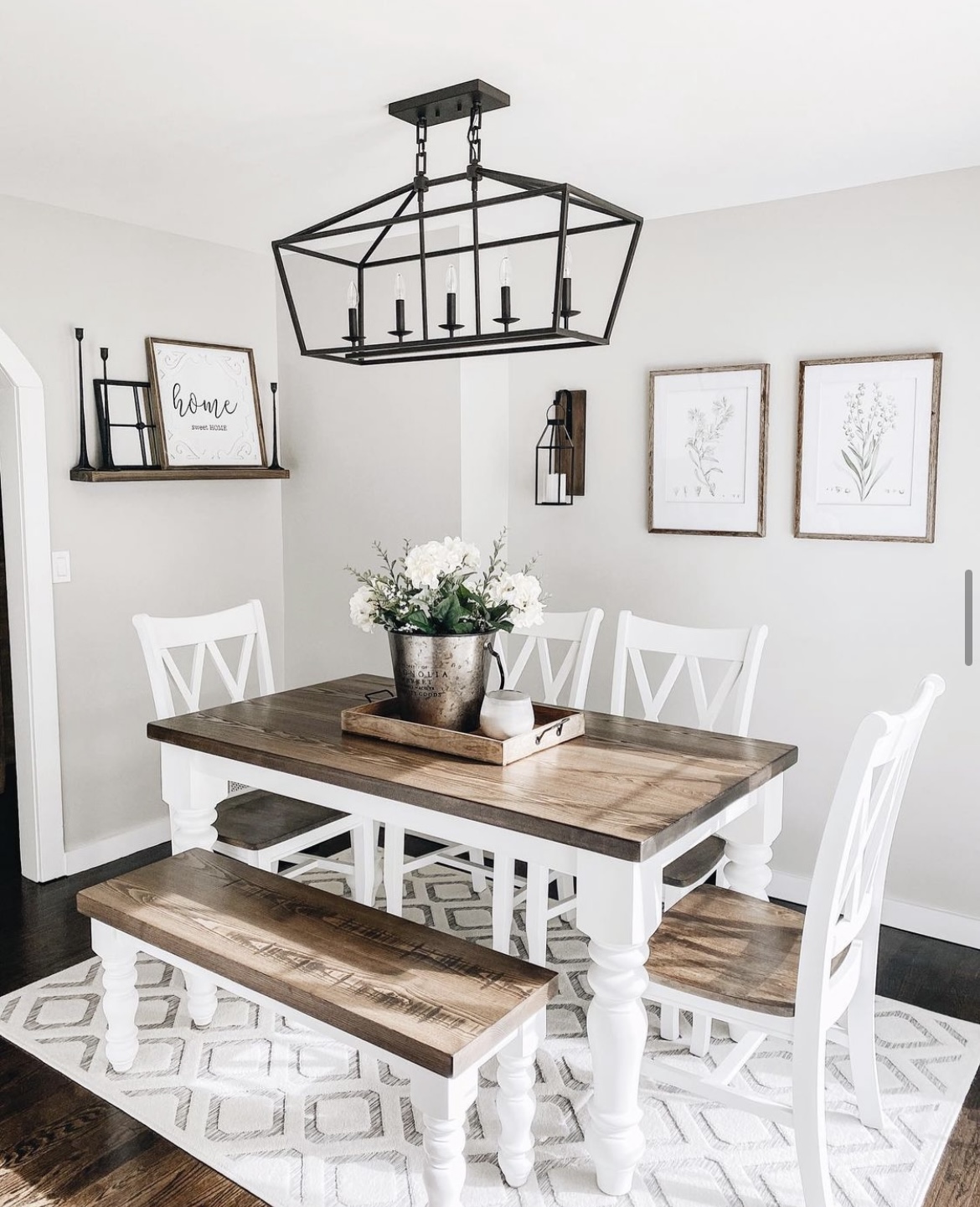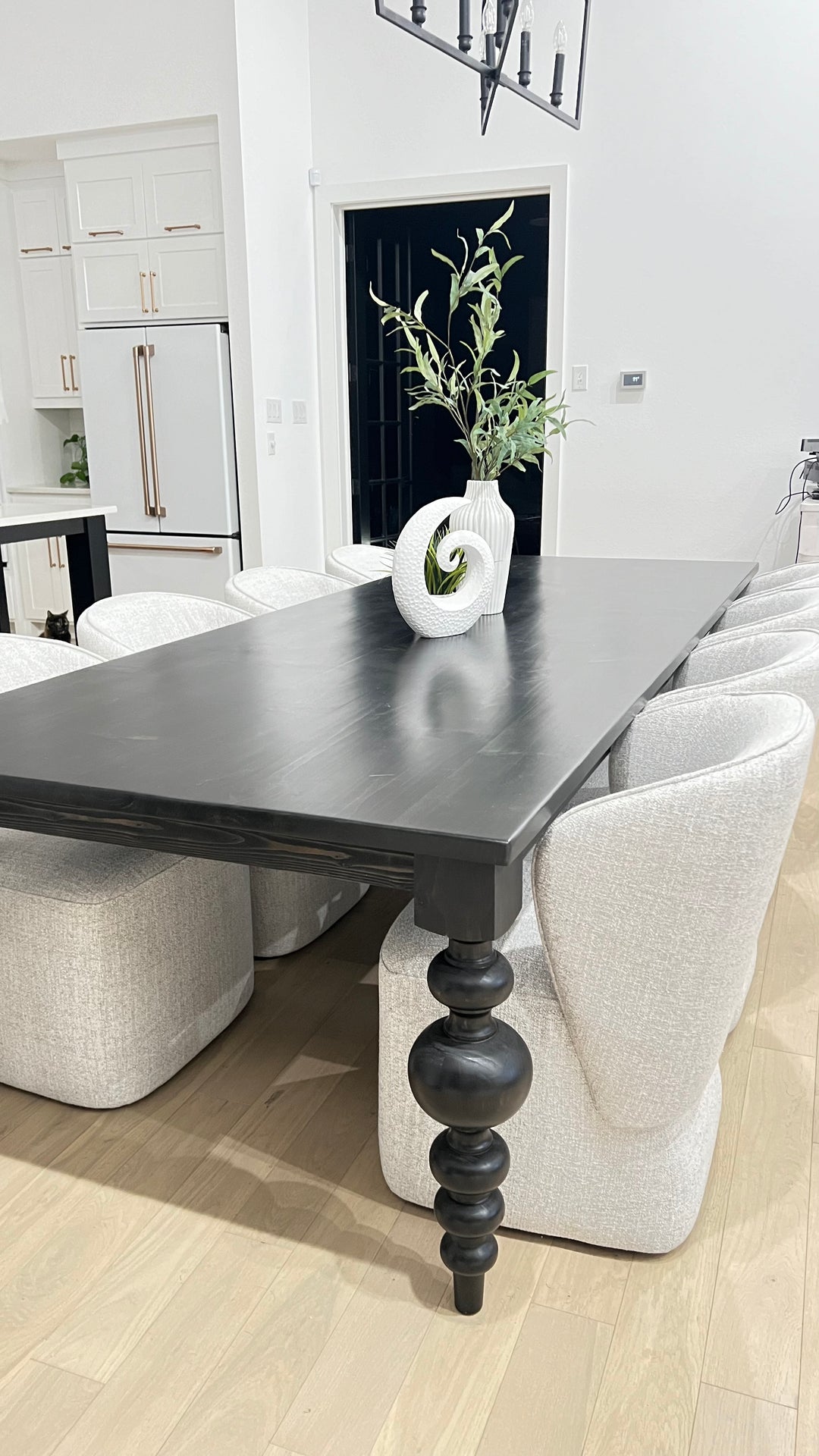Enhance Your Dining Room with Unique and Modern Dining Room Table Legs
Enhance Your Dining Room with Unique and Modern Dining Room Table Legs
Blog Article
From Conventional to Modern: Find the Perfect Dining-room Table Legs for Your Design
While traditional layouts such as cabriole and transformed legs evoke a feeling of classic elegance, modern designs like hairpin and geometric choices provide a possibility for striking visual rate of interest. As you take into consideration these elements, the concern stays: just how can you seamlessly incorporate these diverse leg styles to produce a harmonious eating experience?
Recognizing Table Leg Styles
The selection of eating area table leg styles can considerably influence both the aesthetic appeals and capability of the room. Each leg design adds special useful features and visual elements, dealing with varied style preferences and usage requirements. Understanding these designs is critical for picking the ideal dining table that lines up with your overall interior decoration vision.
For example, tapered legs offer a tidy, traditional look that can enhance an area's sophistication, while pedestal bases provide security and maximize legroom, making them ideal for smaller sized areas. Hairpin legs, a characteristic of mid-century contemporary design, present an industrial flair, allowing for an airy, open feel. Trestle legs evoke rustic beauty, supplying robust assistance and a sense of eternity.
Additionally, the choice of products plays a considerable duty. Wooden legs can bring heat and structure, whereas steel choices often communicate a sleek, modern vibe. Eventually, understanding table leg designs is important for developing a cohesive eating location that reflects individual design while making sure practicality and comfort. By attentively considering these aspects, you can enhance both the practical and visual allure of your dining area.
Traditional Table Leg Options
When choosing dining-room table legs, typical options typically symbolize classic elegance and craftsmanship. These designs reflect a rich heritage and a commitment to quality, making them optimal for those that value timeless looks.
Among the most renowned typical leg styles is the cabriole leg, characterized by its graceful curved shape. This design typically includes ornamental makings and is most frequently discovered in Queen Anne and Chippendale furnishings. One more prominent choice is the turned leg, which boasts a series of smooth, rounded shapes that supply a timeless appearance while preserving stability.
Additionally, the straight leg, while easy, provides a unadorned and tough framework that can mix perfectly with a range of tabletop styles. For those attracted to ornate describing, claw-and-ball feet legs evoke a sense of grandeur and can offer as a magnificent centerpiece in any type of dining space.
Last but not least, stand bases, although not strictly legs, provide a different standard choice that permits enough legroom and can be magnificently carved. Each of these traditional leg designs contributes to the overall setting of a dining-room, weding function with visual charm.

Modern Table Leg Styles
Modern table leg layouts use a diverse variety of styles that highlight ingenious products and clean lines. These styles usually prioritize capability while serving as striking centerpieces within a dining area. Minimalist looks prevail, with legs crafted from materials such as metal, glass, and engineered timber, which add to a airy and contemporary feel.
One preferred design is the hairpin leg, identified by its slender, tapered framework that provides stability without frustrating the table top (dining room table legs). This style is commonly located in mid-century modern furnishings and can easily complement various table article source forms. Another trend is making use of geometric forms, where legs might take on angular or asymmetrical kinds, including visual interest and a touch of creativity

Mixing Designs for Distinct Spaces
Frequently, property owners seek to develop special eating rooms that show their personal style by mixing various style components. This technique permits the consolidation of diverse aesthetic appeals, resulting in a harmonious yet distinct atmosphere. Combining a rustic wooden table with streamlined, contemporary metal legs can produce an appealing their website comparison that raises the room's general appeal.
In addition, integrating vintage table legs with modern table tops can stimulate a feeling of history while preserving a modern perceptiveness. Such combinations not only display private preference however additionally encourage creative thinking, enabling home owners to curate an area that really feels both personal and inviting.
Shade plays an important role in this blending procedure; selecting table legs that match or comparison with the existing color plan can boost visual passion. Whitewashed legs can soften the daring of a dark table surface, producing a well balanced visual.
Tips for Choosing the Right Legs
Choosing the right table legs is crucial for achieving both performance and visual allure in your dining area. Begin by taking into consideration the overall style of your space. Standard setups take advantage of legs that feature elaborate makings or transformed styles, while contemporary areas might ask for streamlined, minimalist designs.
Following, examine the height and security you could try here of the legs. dining room table legs. Standard table range between 28 to 30 inches in height, so make sure the legs enhance this dimension for convenience. In addition, durable products, such as wood or steel, can enhance stability and longevity
Evaluate the leg shape as well-- options include straight, tapered, or pedestal designs. Straight legs offer a classic look, while tapered legs can add a touch of elegance. Pedestal bases provide ample legroom and are perfect for smaller spaces.
Conclusion
In summary, selecting the excellent eating room table legs calls for cautious consideration of both modern and typical styles. By integrating leg style, elevation, and material with the total design, a cohesive and welcoming ambience can be achieved.
The range of dining space table leg styles can substantially affect both the aesthetic appeals and functionality of the room. Ultimately, understanding table leg designs is crucial for developing a cohesive eating area that shows personal style while making certain functionality and convenience.One of the most renowned typical leg styles is the cabriole leg, defined by its elegant rounded form. Straight legs offer a traditional appearance, while tapered legs can add a touch of style.In summary, choosing the excellent dining space table legs calls for careful consideration of both contemporary and typical designs.
Report this page